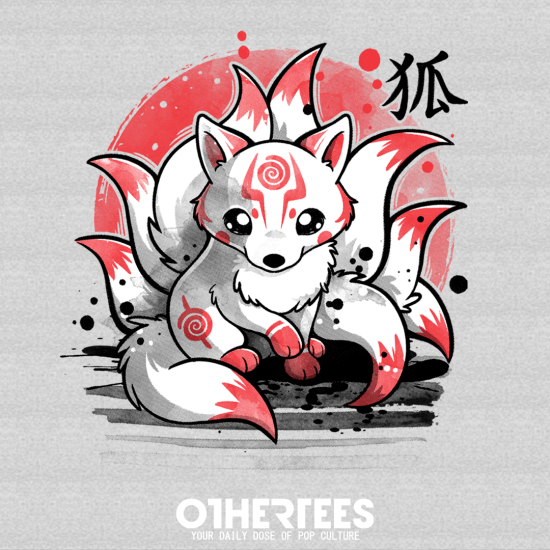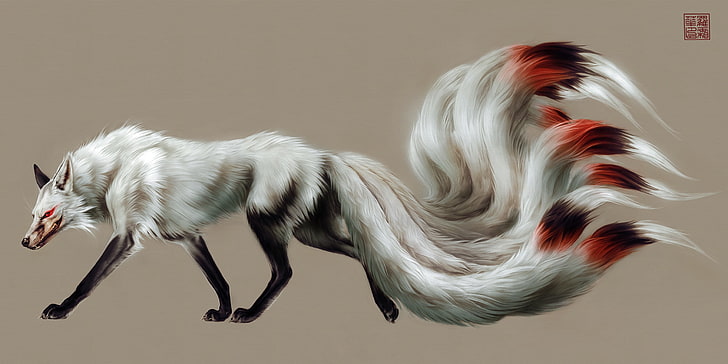

Fruit and vegetable matter is also eaten sometimes. The species primarily feeds on small rodents, though it may also target rabbits, squirrels, game birds, reptiles, invertebrates and young ungulates. The young of the mated pair remain with their parents to assist in caring for new kits. Red foxes are usually together in pairs or small groups consisting of families, such as a mated pair and their young, or a male with several females having kinship ties. Forty-five subspecies are currently recognised, which are divided into two categories: the large northern foxes and the small, basal southern grey desert foxes of Asia and North Africa. Despite its name, the species often produces individuals with other colourings, including leucistic and melanistic individuals.

Apart from its large size, the red fox is distinguished from other fox species by its ability to adapt quickly to new environments. Among the true foxes, the red fox represents a more progressive form in the direction of carnivory. The red fox originated from smaller-sized ancestors from Eurasia during the Middle Villafranchian period, and colonised North America shortly after the Wisconsin glaciation. Due to its presence in Australia, it is included on the list of the "world's 100 worst invasive species".

Its range has increased alongside human expansion, having been introduced to Australia, where it is considered harmful to native mammals and bird populations.

It is listed as least concern by the IUCN. The red fox ( Vulpes vulpes) is the largest of the true foxes and one of the most widely distributed members of the order Carnivora, being present across the entire Northern Hemisphere including most of North America, Europe and Asia, plus parts of North Africa.


 0 kommentar(er)
0 kommentar(er)
